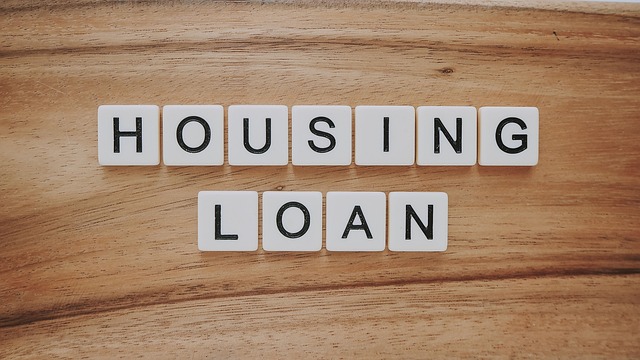In the competitive real estate market, conventional mortgages with flexible terms have emerged as a popular choice due to their attractive rates and customizable repayment plans. These loans, offered by private lenders, range from 10-30 years with minimal down payments (5%) and straightforward equity building. By evaluating financial health, gathering necessary documents, comparing lender rates, and accurately applying, borrowers can secure these mortgages, empowering them to manage debt effectively while contributing to a resilient real estate financing environment.
In the dynamic landscape of real estate, understanding conventional mortgages and their flexible term options is key to navigating successful financing. This comprehensive guide delves into the intricacies of conventional mortgages, highlighting their advantages in the realm of real estate. We explore how flexible term choices empower buyers, offering tailored solutions for diverse financial needs. From application strategies to market insights, this article equips folks with essential knowledge to make informed decisions, ensuring a seamless journey towards homeownership.
Understanding Conventional Mortgages: A Comprehensive Overview

Understanding conventional mortgages is a cornerstone for anyone entering the real estate market. These loans, offered by private lenders rather than government agencies, are a popular choice due to their flexibility and competitive interest rates. They typically require a down payment of at least 5% and can be structured with terms ranging from 10 to 30 years.
Conventional mortgages are known for their straightforward repayment plans, often consisting of equal monthly payments that include both principal and interest. This predictability makes it easier for borrowers to budget, while the ability to build equity over time is a significant benefit for real estate investors and homeowners alike.
The Advantages of Flexible Term Options in Real Estate Financing

In today’s dynamic real estate market, flexible term options have emerged as a game-changer for both borrowers and lenders. This innovative approach to mortgage financing allows homeowners to tailor their repayment plans to align with their financial capabilities and goals. One of the key advantages is the ability to adjust loan terms over time, offering relief during periods of economic uncertainty or sudden life changes. For instance, borrowers may opt for shorter terms when they anticipate a boost in income, enabling them to pay off their mortgage faster and save on interest. Conversely, extending the term can provide a safety net during challenging financial times, making monthly payments more manageable.
Flexible terms also promote a healthier relationship between lenders and borrowers. Borrowers are empowered to choose a schedule that suits their needs, fostering trust and long-term commitment. Lenders, in turn, benefit from the reduced risk of default as borrowers actively engage in managing their debt. This adaptability is particularly advantageous for real estate investors who can navigate market fluctuations effectively while ensuring stable mortgage payments. As a result, flexible term options contribute to a more resilient and responsive real estate financing landscape.
Navigating the Process: Applying for a Conventional Mortgage with Flexible Terms

Navigating the process of applying for a conventional mortgage with flexible terms involves several steps, each crucial in ensuring a smooth transition into homeownership. It starts with evaluating your financial situation and understanding the various loan options available in the real estate market. You’ll need to assess your income, debt, and savings to determine the type of mortgage that aligns best with your needs. This includes exploring conventional mortgages, which are not insured by government agencies, unlike FHA or VA loans, and often come with flexible terms.
Once you’ve decided on this route, gather necessary documents, such as tax returns, pay stubs, and bank statements, to prove your financial stability. Next, compare rates from multiple lenders to secure the best possible deal. This step is vital in the real estate journey as it can significantly impact your long-term costs. Finally, submit a complete loan application, providing all requested information accurately and transparently. Lenders will then assess your application, verify your details, and potentially request an appraisal of the property to ensure its value aligns with the loan amount.






